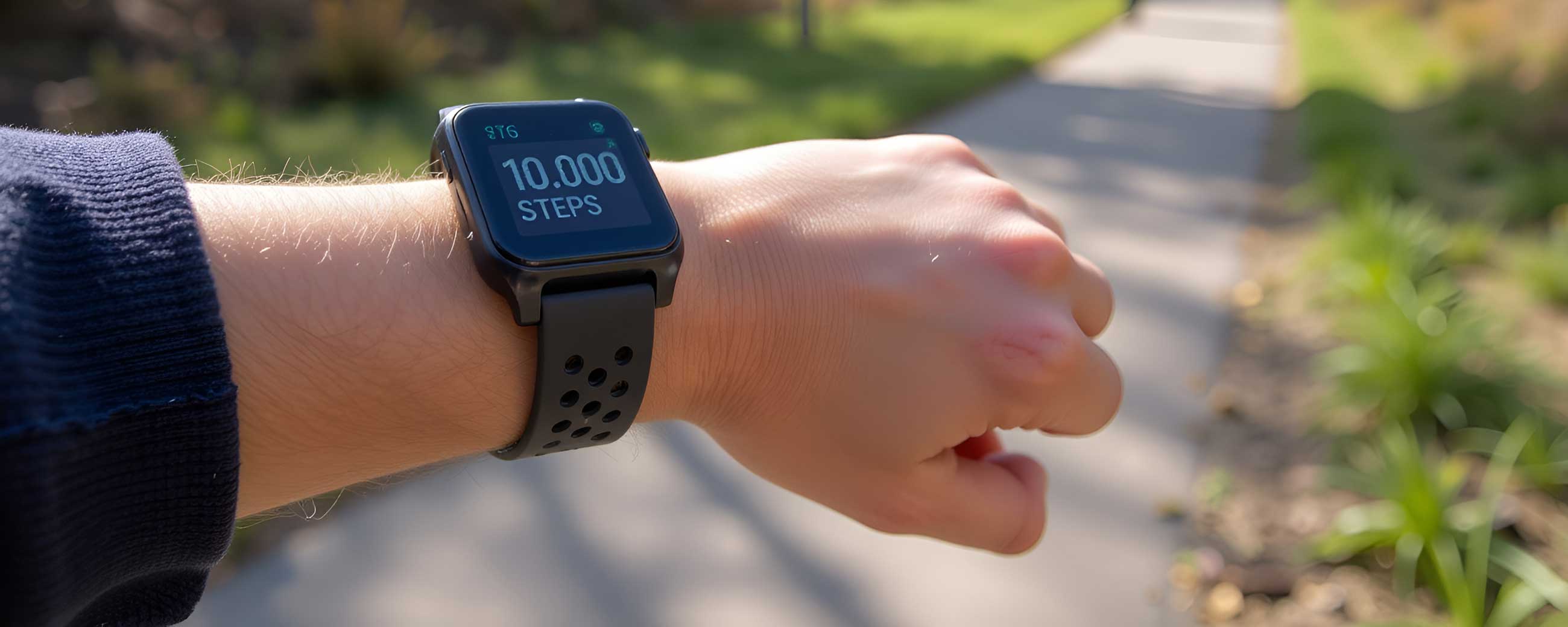
The Medicine That Saved My Life Also Gave Me Diabetes
“But I already have a disease.”
I stared at my doctor blankly when she told me I had Type 2 diabetes. For the last four years, I had been living with lupus, an autoimmune disease. Then, a few months previously, it developed into a life-threatening brain inflammation flare. I suddenly lost my ability to walk, speak normally, and even remember parts of my life.
“You have diabetes because of the medicine used to treat your lupus flare,” my doctor told me.
An Unexpected Diagnosis
When I first became sick, I was given 3000mg of a corticosteroid called methylprednisolone to treat my lupus flare. Corticosteroids are used to treat a wide variety of illnesses, from poison ivy to cancer to autoimmune diseases. They work by reducing inflammation in the body. However, corticosteroid use comes at a price. Side effects of steroid use include muscle atrophy, hair loss, mood swings, and acid reflux. But arguably the most damaging side effect of steroids is elevated blood sugar, which is what happened to me.
Each year, as many as 46% of patients who take corticosteroids to treat medical conditions develop elevated blood sugar.
Most people think diabetes is caused by a genetic predisposition or a high carb/high sugar diet. But each year, as many as 46% of patients who take corticosteroids to treat medical conditions develop elevated blood sugar. In my case, the elevated blood sugar turned into full-blown type 2 diabetes. The medicine that saved my life also gave me a second chronic illness.
If I had known those corticosteroids would give me diabetes, would I still have taken them? I wondered.
Then I remembered the truth: I had no choice.
My New Life with Diabetes
Still seriously ill and bedridden with lupus, I struggled to adjust to my new life with diabetes. It was difficult to inject myself with insulin when I was too weak to walk to the fridge to get a vial. I struggled to count carbs while my brain was fuzzy from brain inflammation. Unable to cook for myself, I had to rely on the food my caretakers brought me.
I worried I would have to inject myself every day for the rest of my life. I worried that I’d never again reach for a slice of birthday cake or a Girl Scout cookie without first doing some complicated mental math. Vacillating between the sweaty sickness of high blood sugar and the clammy dizziness of low blood sugar wasn’t how I wanted to spend the rest of my life.
Vacillating between the sweaty sickness of high blood sugar and the clammy dizziness of low blood sugar wasn’t how I wanted to spend the rest of my life.
But my diabetes diagnosis had a surprising outcome. An unconventional way of developing diabetes introduced me to an unconventional community of advocates, influencers, and everyday people managing their blood sugar with flair and creativity. People like Quinn Nystrom, author of the book If I Kiss You Will You Get Diabetes? Or Instagram famous fitness guru, health coach, and educator Vanessa Haydock, who explains diabetes as “a full time job.” Or YouTube personality Diabetic Danica, a registered nurse who answers questions about diabetes and strives to show a “light-hearted, positive view of Type 1 diabetes.”
Finding Out I'm Not Alone
But perhaps the most encouraging voices were the ones of everyday people speaking out loud about diabetes and freely sharing their experiences. I never felt isolated, because at any point I could go online and find thousands of other people living and thriving with my same disease. Seeing others openly write and create content about life with diabetes helped erase some of the uncertainty I felt after my diabetes diagnosis. If they could learn to lead a fulfilling life while managing their blood sugar, then maybe I could, too. My body’s own immune system rejected me when I became sick with lupus. But the diabetes community welcomed me with open arms.
I’m now armed with something even more powerful than medicine: the knowledge that, unlike lupus, diabetes is reversible.
As I tapered off the steroids that saved my life, my diabetes eventually reversed itself. I stopped needing insulin injections. After about a year, I stopped taking Metformin. I still struggle with insulin resistance due to the steroids, so I keep my carb intake low and avoid sugar. But many (not all) of my diabetes symptoms have disappeared.
Still. One day, I will have to take steroids again for my lupus, which is incurable. When that happens, my diabetes symptoms will return. But I’m now armed with something even more powerful than medicine: the knowledge that, unlike lupus, diabetes is reversible, and I will not have to face it alone.
Are you looking to join a community to help you reverse type 2 diabetes? Virta Health has helped thousands of people lead a healthier lifestyle after diagnosis. By becoming a member, you can regain control of your health and feel like yourself by making healthy lifestyle changes in a medical setting with supportive resources like 1:1 virtual coaching. See if you’re eligible for Virta Health here.

This publication is intended for informational purposes only and is not meant to be a substitute for professional medical advice, diagnosis, or treatment. Always seek the advice of your physician or other qualified health provider with any questions you may have regarding a medical condition or any advice relating to your health. View full disclaimer

Meghan Bea has lived with lupus for over a decade and is still learning about her disease. She began writing as part of her rehabilitation from a severe brain flare in 2014 and simply never stopped. Her work has been published in Hippocampus, Ravishly, Folks at Pillpack, Al Jazeera, and the Huffington Post. When she's not writing, she can be found cuddling with her rescue dogs, drinking bubble tea, and teaching students ages three to eighty-nine how to play the violin and viola.








